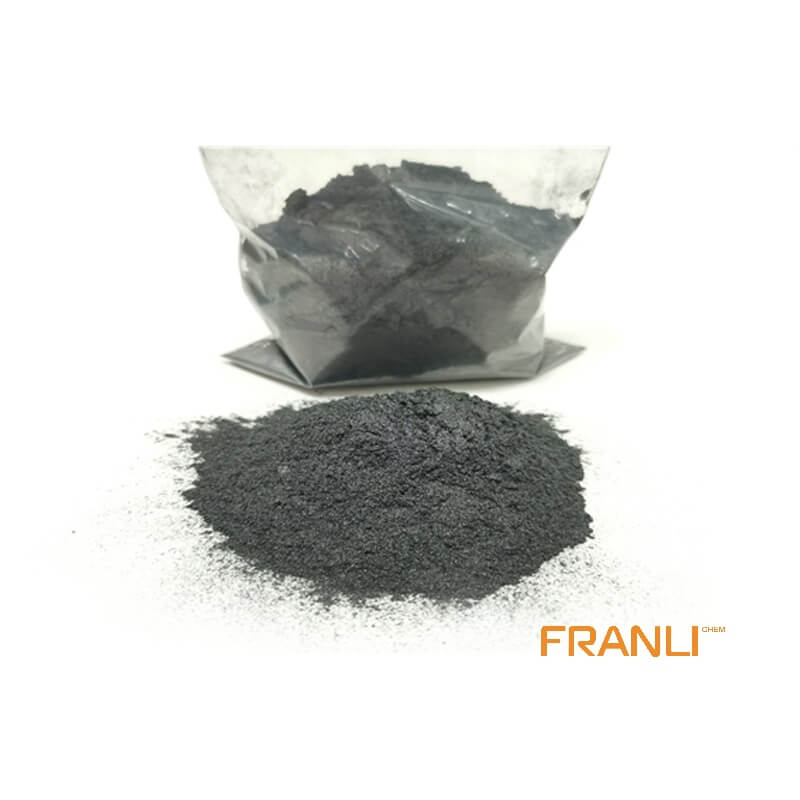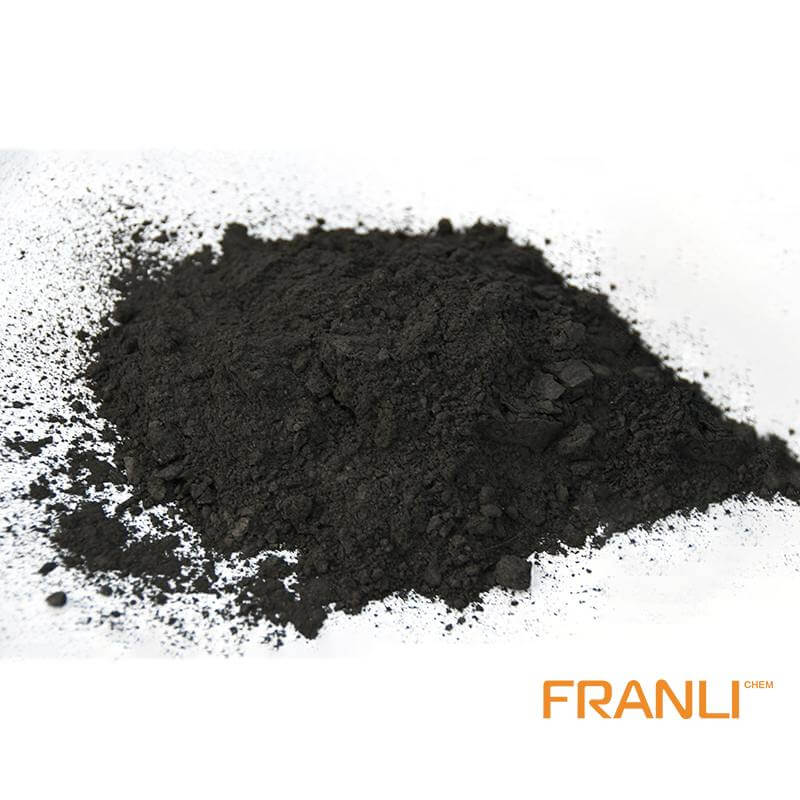

Synthetic Graphite
Size
0.1mm or 2mm, etc
Carbon Content
99%min
Package
25kg small bags into ton bags or ton bags
Features
Thin material, high temperature resistance, etc
Application
Used in computer, mobile phone motherboard, screen, LCD, camera and other equipment. ,etc.
Synthetic graphite sheet, also known as artificial graphite sheet, is a brand-new heat dissipation material. Using advanced carbonization and graphitization technology, thermal conductive films with unique lattice orientation are fabricated by high-temperature sintering at 3000 ℃. It mainly dissipates heat evenly along two directions, and the lamellar structure can well adapt to any surface.
Request a quote
Brief introduction of achievements
In the absence of transition metal catalysts, the environmentally friendly synthetic graphite at low temperatures is a great challenge. Recently, Professor Pan Hongge of Zhejiang University, Professor Zheng Shiyou of Shanghai University of Technology, and Professor Zhang Wenkui of the Zhejiang University of Technology reported an efficient method for green synthetic graphite from CO2 at ultra-low temperature without transition metal catalyst. When heated to 126 ° Carbon dioxide is converted into graphite sub micron flakes in a few seconds by reacting with LiAlH4. The results show that the reaction kinetic barrier of graphite synthesis strongly depends on the gas pressure, which is the main reason for the direct synthetic graphite without graphitization of amorphous carbon at high temperatures. Graphite sub micron flakes show excellent rate and cycling performance as anode materials for lithium-ion batteries. After 1500 cycles at 1.0 a G – 1, the reversible capacity is about 320 MAH g – 1. This study provides a way to Synthesize Graphite from greenhouse gases at low temperatures. The related achievements were published in nature communications with the title of “green synthetic graphite from CO2 without graphitization process of ammonia carbon”.

Reading guide
Synthesis and characterization
Figure 1a shows a schematic of graphite synthesis. In the absence of transition metal catalysts, CO2 reacts directly with LiAlH4 to form graphite without graphitization of amorphous carbon at high temperatures. It is worth noting that the synthesis temperature of the graphite is the lowest reported so far, and the reaction time is also the shortest. XRD, Raman, XPS, SEM, and TEM confirmed the successful synthetic graphite submicron sheet. The purity of synthesized graphite is 99.988 wt%, which is very close to 99.996 wt% of commercial graphite.
Conversion of CO2 to graphite
Different from high-temperature graphitization and catalytic graphitization, the graphite synthesized in this study was prepared by the reaction of graphite with a temperature lower than 876 ℃ ° It is produced by reacting CO2 with LiAlH4 for several seconds at the low temperature of C. The synthesis process will consume CO2, and the two methods will produce CO2 and harmful gases in the process of precursor carbonization. FTIR and MS results showed that no CO was produced during the synthesis, and hydrogen was the only gaseous product. The yield of graphite is as high as 93.7%.
Formation mechanism of CO2 derived graphite
Graphite is the most thermodynamically stable allotrope under standard conditions. However, due to the high kinetic barrier of graphite formation, amorphous carbon is easily formed in the carbonization process of traditional carbon precursors. Graphitization of amorphous carbon at high temperatures is an indispensable step in synthetic graphite. However, in the synthesis process of this study, when the CO2 ‒ LiAlH4 mixture was heated to 126 ℃ ° The conversion reaction from CO2 to graphite can take place without transition metal catalyst, which indicates that the kinetic barrier for the synthetic graphite is low. The favorable thermodynamics and kinetics make CO2 in the range of 126 – 876 ° It can be directly transformed into graphite in a few seconds without additional graphitization process. It is found that the reaction kinetics of synthesizing graphite from CO2 strongly depends on CO2 pressure, and the kinetic barrier decreases with the increase of gas pressure. In addition, the temperature is another key factor for the synthetic graphite from CO2. The graphitization degree of carbon increases with the increase of temperature, but the kinetic barrier is independent of temperature.
Electrochemical lithium storage performance
Half cell performance. The reversible specific capacity of graphite submicron sheet at 0.1 a g – 1 is 343 MAH g – 1. After 100 cycles, the capacity retention rate is 99%, which is higher than 95.4% of commercial graphite. When the current density is higher than 0.1 a g – 1, the reversible specific capacity of the graphite submicron sheet is much higher than that of commercial graphite. When the current density is 0.1, 0.5, 1.0, 2.0, and 4.0 a g – 1, the reversible specific capacities of graphite submicron sheets are 349, 296, 247, 172, and 82 MAH g – 1, respectively. After the rate test, the long cycle performance of the battery was further tested at 1.0 a g – 1. The initial reversible specific capacity of the graphite submicron sheet was about 250 MAH g – 1. After 1200 cycles, it slowly increased to ~ MAH g – 1, and then maintained the maximum capacity to 1500 times. The reversible specific capacity of graphite submicron sheet after 1500 cycles is 5.9 times that of commercial graphite.
Full battery performance. In order to evaluate the rate and cycle performance of graphite in the whole battery, graphite submicron sheet negative electrode and lithium iron phosphate positive electrode were assembled. The reversible specific capacity of the whole cell is about 160 MAH g − 1 at 0.1C, which is almost equal to the specific capacity of the LiFePO4 / commercial graphite whole cell. At 10C, the reversible specific capacity of LiFePO4 / graphite submicron cell is about 69 MAH g − 1, while that of LiFePO4 / commercial graphite cell is about 10 MAH g − 1. The above results show that LiFePO4 / graphite submicron cell has good rate performance and stable cycle performance.

Summary and Prospect
In conclusion, this study demonstrates a green synthesis method of graphite from CO2 at low temperatures. In the absence of a transition metal catalyst, the reaction temperature was 126 – 876 ° Carbon dioxide reacts with LiAlH4 in a few seconds to synthesize graphite submicron sheets. The reaction kinetic barrier of synthetic graphite strongly depends on the gas backpressure in the synthesis process. The reaction thermodynamics and kinetics competition between synthetic graphite and amorphous carbon caused by gas backpressure is the reason for the direct formation of various weight ratios of graphite and amorphous carbon. When used as anode materials for lithium-ion batteries, the synthesized graphite submicron sheet has an excellent rate of doubling and cycling performance due to its unique microstructure and morphology. The graphite submicron sheet has a reversible specific capacity of about 320 MAH g – 1 after 1500 cycles at 1.0 A G – 1.
Document information
Green synthetic graphite from CO2 without graphitization process of amorphous carbon. Nature Communications 2021. DOI: 10.1038/s41467-020-20380-0.



